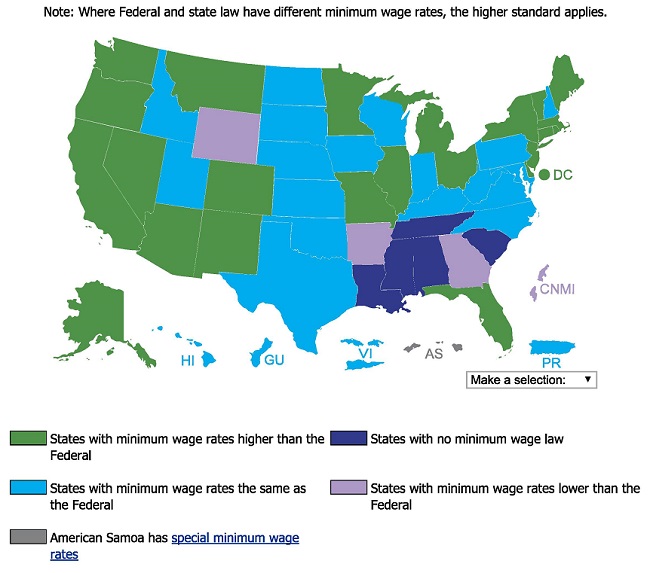We’ve been seeing some interesting activity in real estate investment trusts (REITs) lately, so in today’s post, we’d like to offer an overview of recent trends and changes in the REIT industry and suggest sources of further information if you’d like to learn more.
The U.S. Congress created REITs in 1960 to make investment in income-producing real estate more accessible to average investors; today, there are hundreds, perhaps thousands, of REITs in about 40 different countries (estimates vary, but that number is steadily increasing as more countries pass REIT legislation). The National Association of Real Estate Investment Trusts (NAREIT) is a REIT research, advocacy, and outreach group, and a good source of information about REITs if you’re just beginning to explore this type of investment. According to NAREIT, exchange-listed and other publicly traded U.S. REITs own roughly $1.7 trillion of commercial real estate assets, and REIT trading volumes have been increasing dramatically in recent years.
There are two main types of REITs: equity REITs, which own and operate commercial properties such as office buildings, shopping malls, and apartment complexes, and mortgage REITs, which invest in mortgages or mortgage-backed securities. But within these two major types, we’re seeing an increasing number of specialty or niche REITs, such as those investing in cell phone towers, data storage centers, and prisons. One reason is that in recent years, some companies that wouldn’t traditionally be considered real estate companies have sought to convert their real estate assets to REITs to save on taxes and capitalize on the increasing demand for REIT stocks. Such companies often seek private-letter rulings from the U.S. Internal Revenue Service (IRS) as an assurance that the properties they own can be considered real estate for tax purposes.
The IRS has recently given its approval to an offshore oil platform, natural gas pipelines, billboards, copper wires and fiber optic networks, and the electrical and air conditioning systems used by Internet data centers as “real property,” making the owners of all of these assets eligible to reduce their tax bills by forming REITs. Late last year, document storage and shredding company Iron Mountain Inc. converted to a REIT retroactive back to January 1, 2014, after receiving a favorable private-letter ruling from the IRS that the steel racks holding its customers’ boxes qualify as real estate. This spring, Iron Mountain announced plans to expand by acquiring Recall Holdings Ltd., another document storage company with a similar business model based in Australia. Likewise, Lamar Advertising Company and CBS Outdoor (now Outfront Media) both converted their outside advertising businesses to REITs last year after receiving approval from the IRS via private-letter rulings.
In May 2014, the IRS issued a notice of proposed rulemaking with associated comment period and public hearing to clarify the definition of real property for REITs (REG–150760–13). These regulations do not purport to change or revoke any prior rulings in this area; by clarifying what constitutes real property for REIT purposes, they are expected to reduce the number of requests for private-letter rulings. The proposed rule states that land and improvements to land qualify as real property. It specifies that improvements to land comprise inherently permanent structures and their structural components:
Other inherently permanent structures include the following permanently affixed distinct assets: microwave transmission, cell, broadcast, and electrical transmission towers; telephone poles; parking facilities; bridges; tunnels; roadbeds; railroad tracks; transmission lines; pipelines; fences; in-ground swimming pools; offshore drilling platforms; storage structures such as silos and oil and gas storage tanks; stationary wharves and docks; and outdoor advertising displays for which an election has been properly made under section 1033(g)(3).

Hollywood Casino Tunica, a Penn National Gaming location, courtesy of Thomas R Machnitzki, CC BY 3.0.
Another trend we’ve seen is a company splitting off its real estate assets into a subsidiary, which then converts to a REIT to get the tax benefits. The IRS cleared the way for this tax-free REIT spinoff strategy when it issued Revenue Ruling 2001-29 on June 4, 2001, acknowledging that REITs can operate an active business as part of their typical real estate rental activities. In November 2013, Penn National Gaming was the first company we are aware of to implement this strategy. Gaming and Leisure Properties, Inc. (GLPI) completed its spinoff from Penn National Gaming Inc., creating the first publicly traded casino REIT, owning and operating 21 casino and racetrack properties in 12 states.
Other companies followed suit. One particularly interesting example was Simon Property Group, the largest U.S. REIT, specializing in shopping malls. In May 2014, Simon Property Group spun off interests in 98 retail assets into the newly formed Washington Prime Group REIT.
Some politicians have complained that these REIT spinoffs are a form of corporate tax evasion at a time when governments need more revenue. Members of Congress have debated various legislative means to limit the creation of REITs or decrease the tax benefits of creating a REIT. In particular, while he was the House Ways and Means Committee Chair, Dave Camp (R-MI) offered several different proposals to modify the definition of real property for REIT purposes, eliminate tax-free REIT spinoffs, and require immediate recognition of built-in gains upon conversion from a C corporation to a REIT, but his proposals didn’t gain much traction.
Have you considered investing in a REIT? If so, feel free to share your thoughts and experiences in the comments. And watch for part 2 of this series, where we’ll discuss additional REIT trends we’ve noticed, but with more focus on market activity in 2015.






Recent Comments